Your basement might be out of sight during everyday life, but it’s the first place many inspectors (and savvy buyers) head when they want the unfiltered truth about a home. Down there, small problems can hint at big-ticket repairs, and even cosmetic flaws can raise red flags about moisture, safety, or code compliance. If you’re thinking about selling—or just want to protect your investment—now is the time to tackle the hidden hazards below your feet. Here are 14 basement features that can send buyers running for the exit, plus why each one matters.
1. Standing Water and Damp Stains
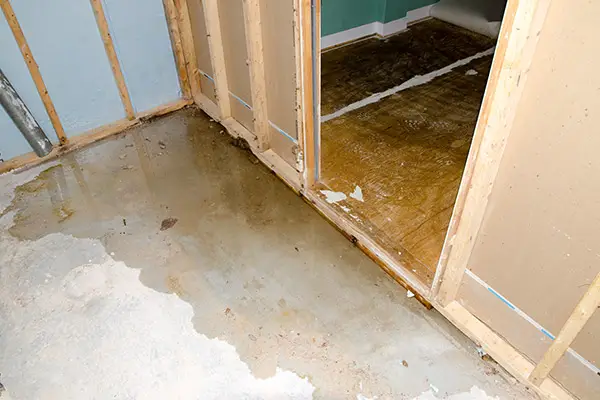
A slick floor or tide line on the walls tells buyers that water is sneaking in, and it immediately triggers concerns about mold, damaged framing, and foundation issues. According to Zillow, basement water damage is one of the top problems that can tank an offer because repairs are expensive and unpredictable. Even if the space looks dry on tour day, lingering musty odors or a plugged‑in dehumidifier on overdrive hint at recurring leaks. Buyers will wonder what else you’re hiding behind the drywall.
Don’t wait until showings to dry things out. Patch cracks, unclog gutters, and grade soil so runoff flows away from the house. If the problem is chronic, invest in a perimeter drain or sump pump before listing. The up‑front cost beats the hit you’ll take in negotiations.
2. Elevated Radon Levels

Radon is an odorless radioactive gas that seeps through soil and accumulates in lower levels, and it’s the second leading cause of lung cancer in the U.S. Forbes lists basement radon among the classic inspection dealbreakers because mitigation can run into the thousands—and health risks linger until it’s fixed. Many states now recommend or require radon tests during real‑estate transactions, so a bad reading can derail closing day. Even the suspicion of radon can spook first‑time buyers.
Testing kits start at around twenty dollars and take only a few days. If levels top 4 pCi/L, install a mitigation system with a vent fan that routes gas above the roofline. Buyers love seeing a recent radon report with a passing score. It turns a liability into a selling point.
3. Active Mold Colonies

Dark fuzz on joists or drywall screams “health hazard,” and many lenders balk at financing homes with visible mold. Realtor.com flags mold as a hidden problem that scares off buyers faster than almost any other defect because remediation costs and long‑term health worries stack up quickly. Even small spots make shoppers imagine unseen colonies behind every wall. A lingering earthy smell only confirms their worst fears.
Stop moisture at the source—fix leaks, improve ventilation, and keep humidity under 60 percent. Then remediate with professional help if the area is larger than a dinner plate. Document the cleanup with before‑and‑after photos and air‑quality tests. Transparency reassures cautious buyers and protects your sale price.
4. Outdated or Overloaded Electrical Panel
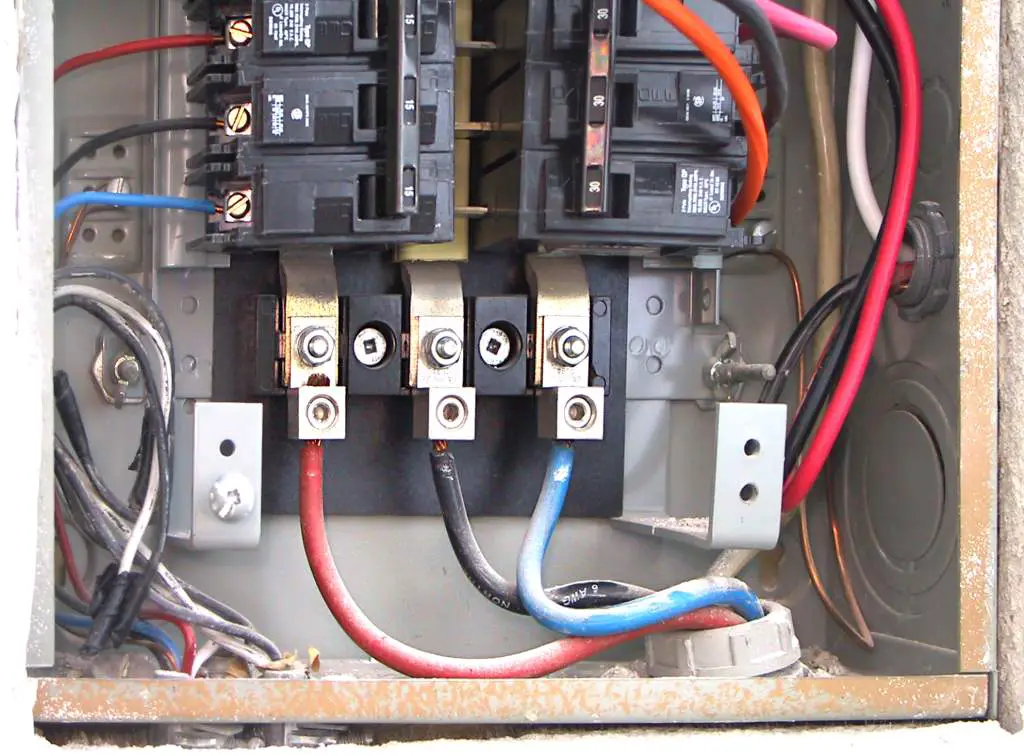
A fuse box, aluminum wiring, or a breaker panel that looks like a museum piece tells buyers they’ll be calling an electrician on day one. InterNACHI, the inspectors’ trade association, notes that aging panels and double‑tapped breakers are frequent safety write‑ups during home inspections. Buyers worry about fire hazards and insurance headaches, and some insurers simply refuse coverage until upgrades are complete. That extra hassle can push them toward a newer home down the street.
Hire a licensed electrician to evaluate capacity and replace obsolete equipment. A modern 200‑amp panel with labeled circuits signals a well‑maintained house. If you’ve added big draws like EV chargers or a finished media room, be sure the wiring keeps up. A safe, code‑compliant system lets buyers plug in without anxiety.
5. Asbestos‑Wrapped Pipes

Many pre‑1980 homes still have steam or hot‑water lines coated in crumbly white insulation that contains asbestos fibers. Even if it’s intact, buyers picture pricey abatement crews in moon suits. Disturbing those wraps during a future renovation could trigger air contamination, so educated shoppers may pass altogether. You’ll dodge the question only until the inspector shines a flashlight on the ceiling joists.
Encapsulating undamaged insulation with a professional‑grade sealant can be cheaper than full removal. If wraps are decaying, hire certified abatement pros and keep paperwork to show the work was done safely. A clean bill of health here removes a huge “what‑if” from buyer calculations. Your basement will look—and actually be—safer.
6. DIY Plumbing Frankensteins
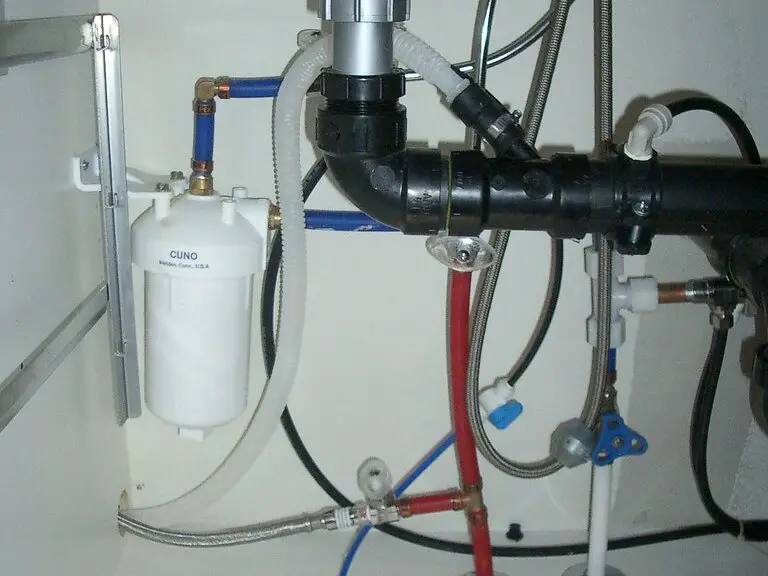
Creative PVC zigzags, missing P‑traps, or duct‑tape couplings send a clear message: the work wasn’t permitted or done by a pro. Buyers worry a simple leak could explode into a costly flood once they move in. Plus, insurance companies might deny future water‑damage claims tied to unlicensed work. The result? Offers come in lower, if at all.
Bring in a licensed plumber to correct amateur errors and pull permits where needed. Clean, straight runs of pipe and a tidy shut‑off manifold impress even novice house hunters. While the pro is there, add water‑supply labels and update any corroded valves. That small investment pays you back in buyer confidence.
7. Evidence of Termites or Carpenter Ants

Mud tubes along walls or piles of frass (bug sawdust) turn a casual tour into a horror show. Wood‑eating insects love moist basements and can silently hollow out joists and sill plates. Buyers know structural repairs run into five figures and may not appear until ceilings sag. A pest report that reads “active infestation” often kills financing as fast as mold.
Schedule annual pest inspections and treat promptly at the first sign of activity. Replace damaged lumber and add moisture barriers or dehumidifiers to deter future colonies. Keep the inspection certificate handy for showings. Demonstrating control of the problem keeps buyers from imagining the worst.
8. Abandoned Oil Tanks or Fuel Lines

Old homes sometimes hide rusty, half‑full oil tanks or unused copper fuel lines behind the furnace. Leaks can contaminate soil and groundwater, triggering environmental remediation that scares off lenders. Even a decommissioned tank needs official paperwork to prove it was properly drained and sealed. Without it, buyers picture surprise excavation bills.
Hire a certified removal company to pull or professionally fill the tank, then file documents with local authorities. Cap or remove stray fuel lines to prevent accidental leaks. Provide copies of permits and receipts during disclosure. Done right, it becomes a non‑issue rather than a negotiation weapon.
9. Major Foundation Cracks

Hairline shrinkage cracks are normal, but wide, stair‑step, or shifting gaps worry inspectors and buyers alike. Foundation repairs can top thirty grand, and structural engineers aren’t cheap. Buyers fear doors that won’t close, sloping floors, or a collapsed basement wall down the road. They’ll either walk or slash the offer to offset imagined costs.
Monitor cracks with measurement gauges and document stability over time. If movement is ongoing, tackle it with a structural engineer and licensed contractor before listing. Epoxy injections or wall anchors show proactive maintenance. A stamped engineer’s letter of clearance reassures skittish buyers.
10. Improper Egress Windows

Basement bedrooms without full‑size escape windows violate safety codes in most areas. Buyers envision failed appraisals, delayed closings, and the cost of cutting concrete walls. Parents especially balk at sleeping below grade with no safe exit. Even if no one currently sleeps down there, the code issue can derail financing.
Installing a compliant egress window well adds light, ventilation, and peace of mind. Include a drainage system to prevent leaks around the new opening. Highlight the upgrade in your listing photos and descriptions. Code compliance is a selling feature, not just a checkbox.
11. Aging Furnace or Water Heater
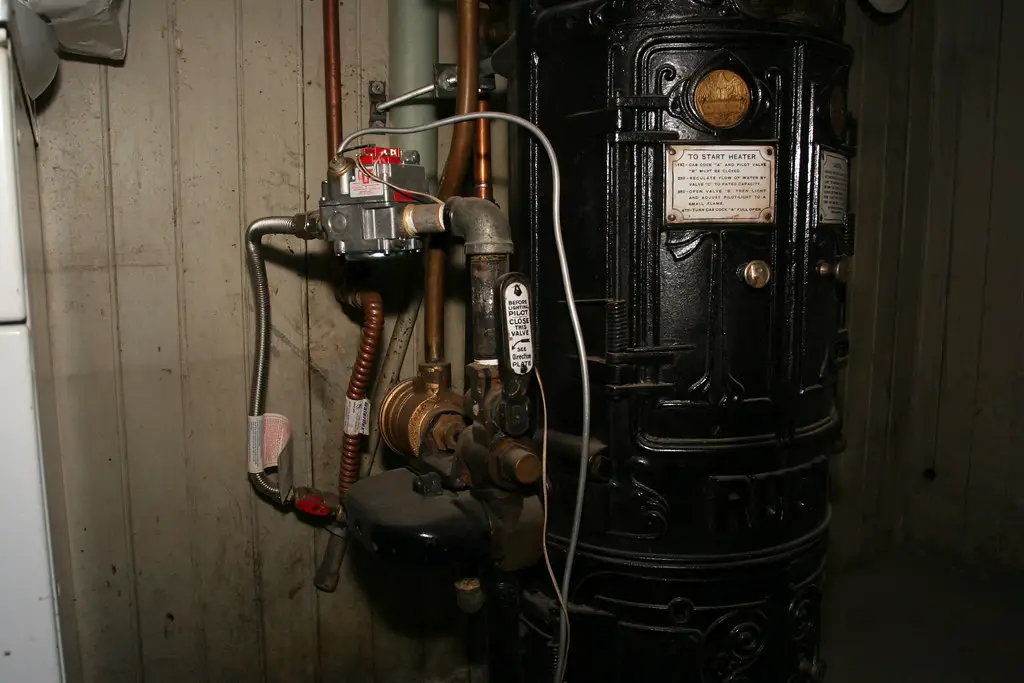
An ancient boiler or rusted water heater screams “unexpected expense.” Buyers factor replacement into their offer—or move on to a home with newer mechanicals. Older units are less efficient, so energy bills look scarier too. If the tank shows even a hint of seepage, inspectors will call it out.
If replacement isn’t in the budget, at least service and document the units. Install fresh filters, tidy the area, and provide maintenance records. Consider a home warranty to offset buyer fears. A clean, well‑lit mechanical corner feels reassuring even if the equipment isn’t brand‑new.
12. Unpermitted Bathrooms or Kitchenettes

A basement wet bar might seem like a perk, but if plumbing and electrical weren’t inspected, buyers anticipate headaches. Municipalities can require retroactive permits, fines, or even demolition of non‑compliant work. Lenders sometimes refuse to count unpermitted square footage in appraisals, lowering loan amounts. The whole deal can stall over missing paperwork.
Check with your local building department on how to legalize improvements. It may involve minor upgrades, inspections, and a nominal fee—far less painful than a failed sale. Clearly label permitted fixtures on the listing sheet. Transparency shows respect for both code and buyer intelligence.
13. High Humidity and No Dehumidifier
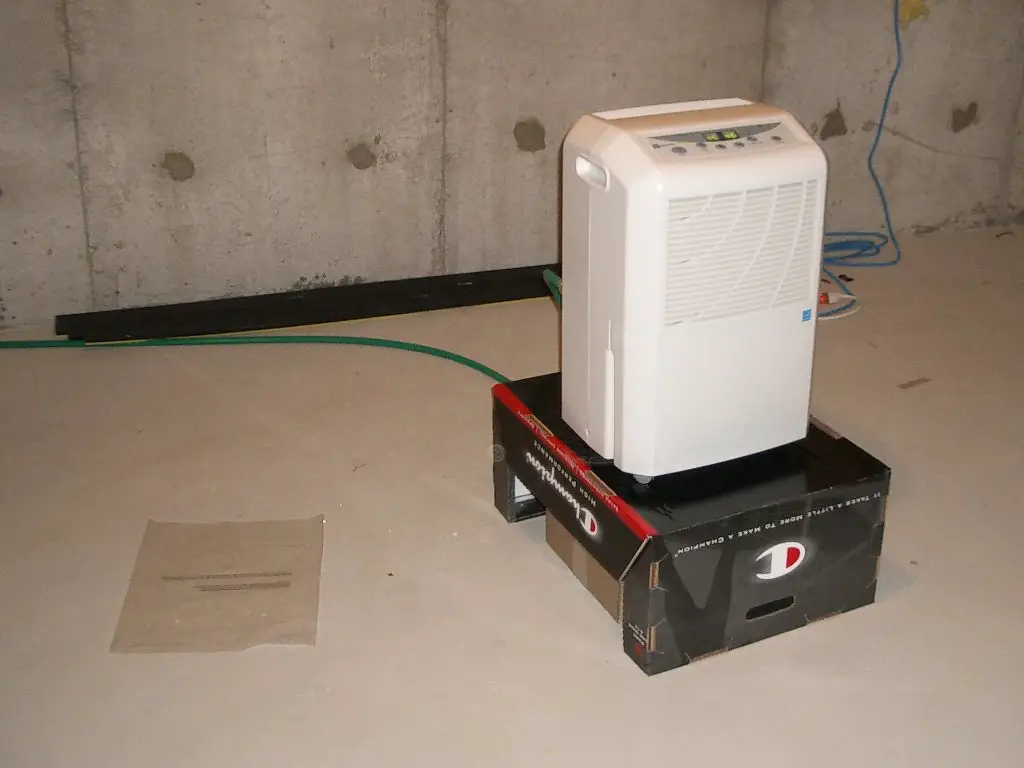
A damp, sticky feel in the basement tells buyers moisture control is an afterthought. Humidity above 60 percent invites mold, wood rot, and pests. Even if walls look fine, the air alone can send potential owners back up the stairs. They’ll imagine constant mildew battles and soggy cardboard boxes.
Install a built‑in dehumidifier with a direct drain to the sump or utility sink. Aim to keep relative humidity between 40 and 55 percent and display a digital hygrometer during showings. Balance moisture with proper insulation and venting. Fresh, dry air feels like money well spent.
14. Non‑Functional Sump Pump or Battery Backup
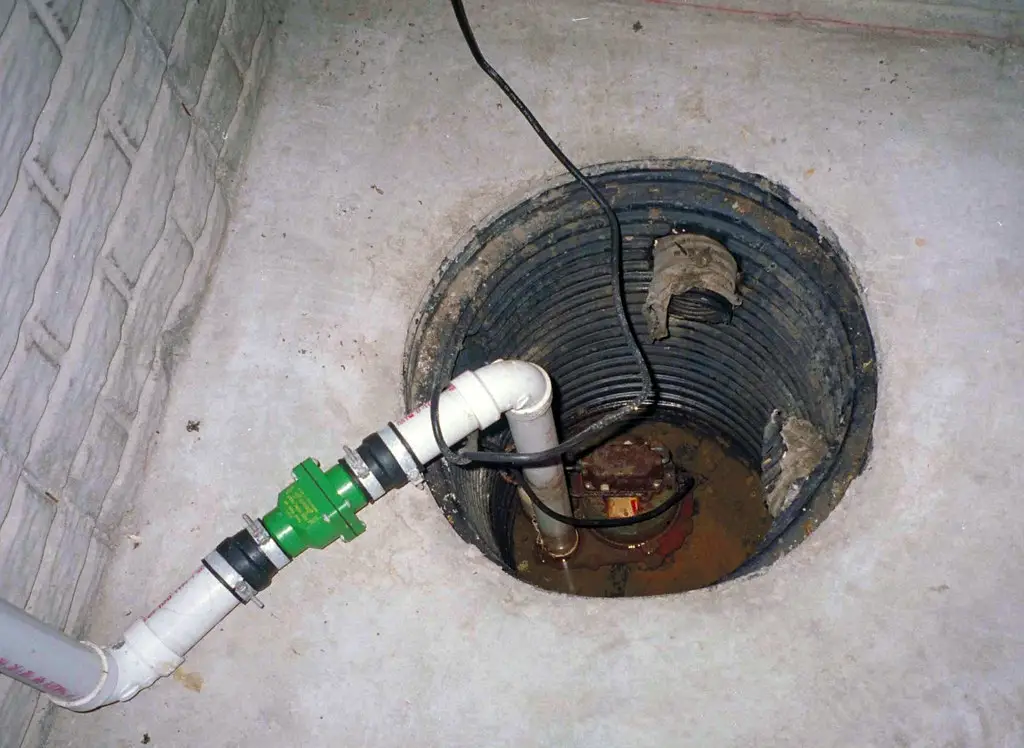
A silent sump pump isn’t always a good sign—it could be broken or simply never tested. Buyers worry it will fail during the first spring thaw, flooding the basement and their belongings. Without a battery backup, even a working pump can sit idle in a power outage. That uncertainty often translates into a lower offer or costly repair demand.
Test the pump by pouring water into the pit and show buyers the float activates. Replace aging units or add a backup system for peace of mind. Keep receipts and manuals in a binder labeled “Basement Systems.” Demonstrating reliability turns a potential liability into a selling asset.
